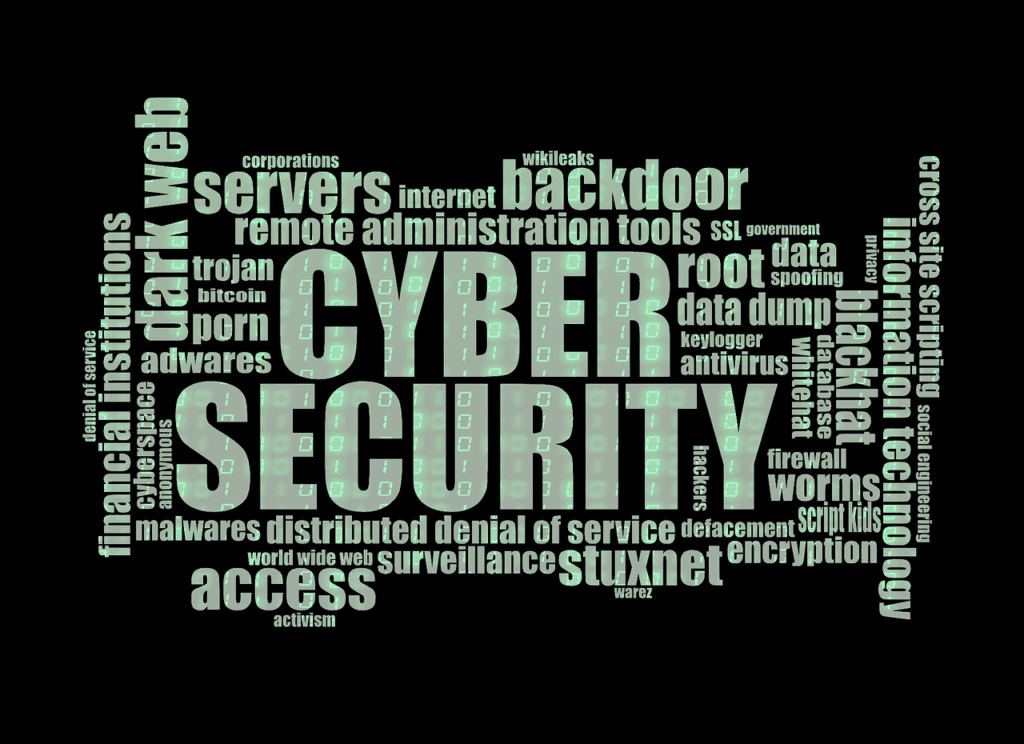Date: 09-Sept-2022

In an era where digital interconnectedness defines our daily lives, computer networking serves as the backbone of our technological infrastructure. However, with the exponential growth of networked systems, the landscape of cybersecurity is constantly evolving. Emerging challenges in computer networking with cybersecurity have ushered in a new era of complexity and urgency. This article explores these challenges and offers insights into navigating this dynamic terrain.
- The Proliferation of IoT Devices:
The Internet of Things (IoT) has revolutionized the way we interact with technology, embedding interconnected devices into our homes, workplaces, and cities. However, this proliferation of IoT devices presents significant cybersecurity challenges. Many IoT devices lack robust security measures, making them vulnerable to exploitation by malicious actors. Moreover, the sheer volume and diversity of IoT devices make it challenging to enforce consistent security protocols across networks. As IoT continues to expand, securing these devices will be paramount to safeguarding network integrity.
- Evolving Threat Landscape:
Cyber threats are becoming increasingly sophisticated and diverse, posing significant challenges to network security. From ransomware attacks to advanced persistent threats (APTs), adversaries are continuously adapting their tactics to exploit vulnerabilities in computer networks. Moreover, the rise of nation-state-sponsored cyber warfare adds another layer of complexity to the threat landscape. These evolving threats underscore the importance of proactive cybersecurity measures, including threat intelligence sharing and continuous monitoring.
- Cloud Computing and Virtualization:
The adoption of cloud computing and virtualization has transformed the way organizations manage their IT infrastructure. While these technologies offer numerous benefits, they also introduce new cybersecurity challenges. Virtualized environments create additional attack surfaces, increasing the potential for breaches and data exfiltration. Moreover, the shared responsibility model of cloud computing complicates cybersecurity efforts, as organizations must collaborate with cloud service providers to ensure comprehensive protection of their data and applications.
- Insider Threats and Human Factors:
Despite advances in technology, human error remains a leading cause of cybersecurity incidents. Insider threats, whether intentional or unintentional, pose a significant risk to network security. Employees with privileged access can inadvertently compromise sensitive data or fall victim to social engineering tactics employed by malicious actors. Addressing insider threats requires a multifaceted approach, including robust access controls, employee training programs, and behavioral analytics to detect anomalous behavior.
- Regulatory Compliance and Data Privacy:
With the implementation of stringent data protection regulations such as the General Data Protection Regulation (GDPR) and the California Consumer Privacy Act (CCPA), organizations face increased pressure to ensure compliance and protect customer data. Achieving regulatory compliance requires comprehensive cybersecurity measures, including encryption, access controls, and data anonymization. Non-compliance not only exposes organizations to legal and financial repercussions but also erodes consumer trust and tarnishes reputations.
- Supply Chain Vulnerabilities:
The interconnected nature of modern supply chains introduces inherent cybersecurity risks. Organizations rely on third-party vendors and suppliers for various goods and services, creating potential vulnerabilities in their supply chain. A breach or compromise within a vendor’s network can have cascading effects, impacting multiple organizations downstream. Mitigating supply chain vulnerabilities requires thorough vetting of vendors, contractual agreements outlining cybersecurity requirements, and regular audits to ensure compliance.
- Quantum Computing Threats:
While still in its infancy, quantum computing holds the promise of revolutionizing computing capabilities. However, the advent of quantum computing also poses significant cybersecurity challenges. Quantum computers have the potential to break widely-used encryption algorithms, rendering current cryptographic methods obsolete. As quantum computing matures, organizations must prepare for this paradigm shift by developing quantum-resistant encryption schemes and updating their cybersecurity infrastructure accordingly.

As computer networking continues to evolve, so too do the challenges associated with cybersecurity. From the proliferation of IoT devices to the looming threat of quantum computing, organizations must remain vigilant in their efforts to protect their networks and data from malicious actors. By embracing proactive cybersecurity measures, staying abreast of emerging threats, and fostering collaboration within the cybersecurity community, we can navigate the nexus of computer networking and cybersecurity with resilience and adaptability.


